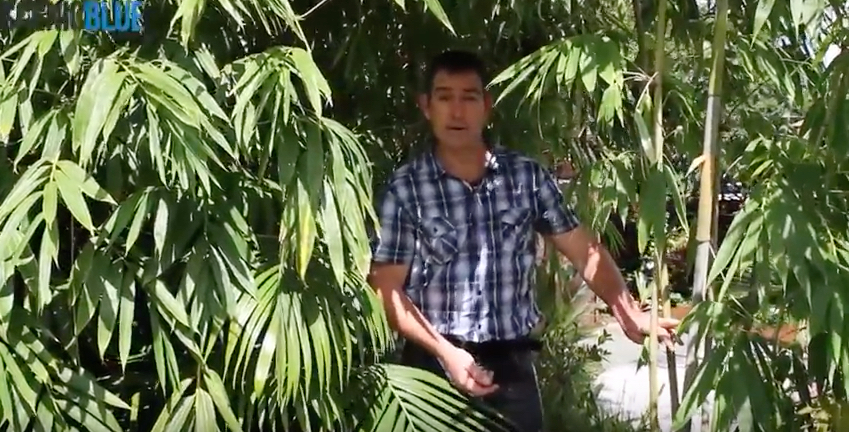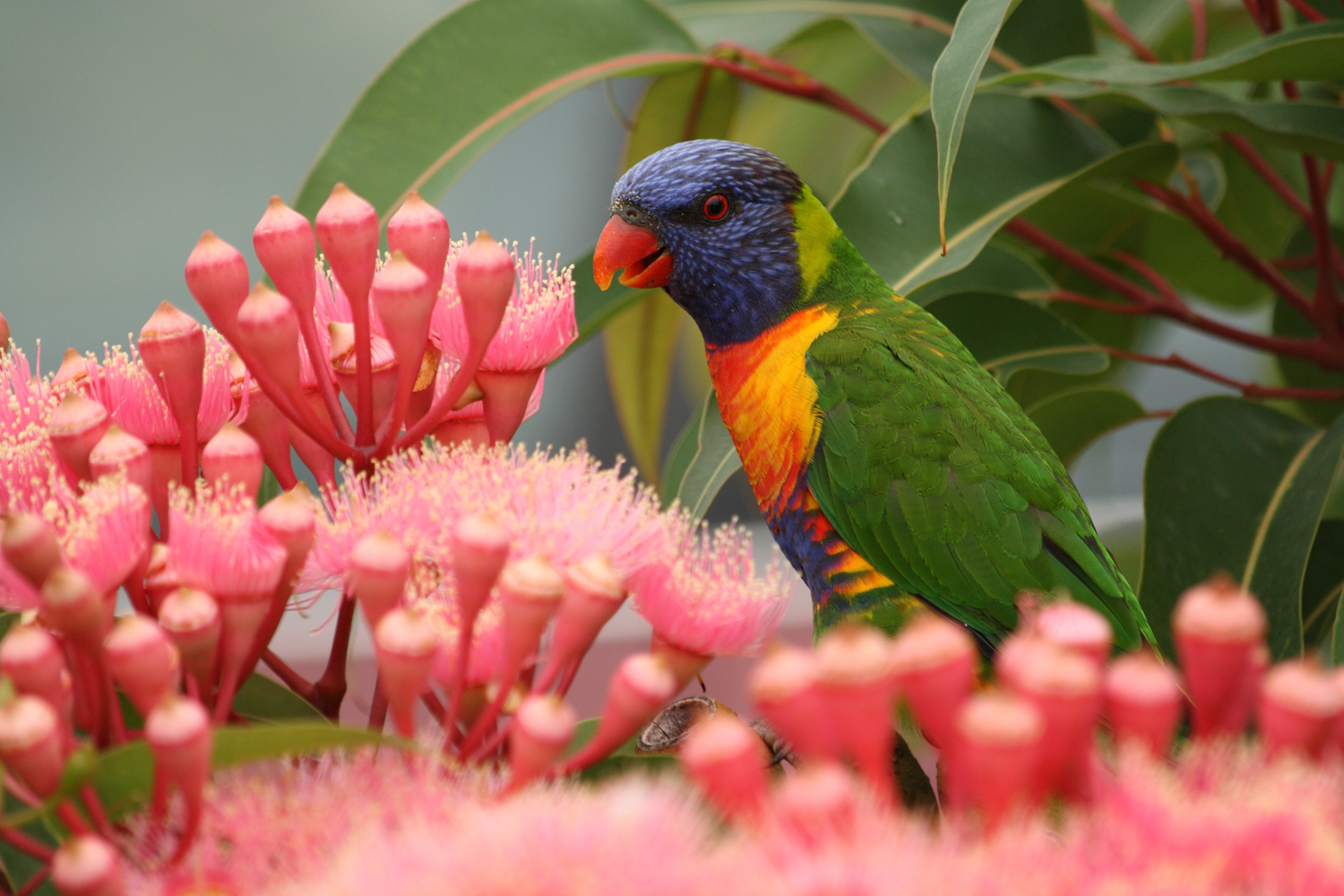This small terrace makes a giant contribution to the environment with its self-sustaining and eco-friendly permaculture qualities, complemented by an amazing design aesthetic
In one of the hottest and driest summers in Newcastle’s history, this terrace home in Cooks Hill underwent a major transformation. When it came to redesigning the home’s courtyard, the biggest challenge was that it had to be self-sustainable. Mark Tisdell from MUD Design was employed to reimagine this small space and create a warm and wholesome spot with functional elements, including an area to wash off after the beach, hidden storage, space to entertain friends and family, and a self-watering, permaculture ecosystem that supported local wildlife. To achieve all of this in a tiny terrace courtyard wasn’t going to be easy, but together with builder Anthony Ferguson from Green on Green Landscapes, and Lachlan Storrie from Tree Frog Permaculture, Mark and MUD Design were willing to take on the challenge.
“The brief was to create a garden that made best use of the space, aspect and privacy. It needed to be very sustainable, incorporate recycled materials, create a habitat for local birds and insects, and facilitate the growing of food,” says Mark.
With sustainability at the core of this project, the first step was to source recycled materials. Mark reused the existing concrete pavers, layering them on top of a sandstone base. Sandstone was chosen because it’s very sustainable and provides great drainage for the earth in an urban environment. “It’s also very cost effective,” says Mark. To create the edible green wall, Mark sourced recycled hardwood in all shapes and sizes, carefully arranging the pieces in an artistic, Tetris-style pattern. But it’s not just the appearance of the reclaimed timber green wall that is so special; each plant has been specifically chosen for its permaculture properties and has been planted in wicking pots. Wicking pots have a space at the bottom which acts as a water reservoir, filtering the water slowly into the soil through a wick. Along with a custom-designed irrigation system, the green wall would be completely self-sustaining. With the owner living in the property only part of the year, this would be especially convenient for the periods of time the owner wasn’t there.
It was very important to the client that this courtyard benefit and contribute to the environment. From materials to design and the planting palette, this courtyard was to be a home for the local wildlife. Permaculture is a design process that aids in producing intelligent systems that meet human needs while also enhancing biodiversity and reducing our impact on the planet. Working closely with Tree Frog Permaculture, MUD Design chose a specific planting palette that was centred around the permaculture principles. Zingiber officinale (ginger); Passiflora edulis (passion fruit), Ocimum basilicum (basil), Rosmarinus officinalis (rosemary), Thymus vulgaris (thyme), Salvia officinalis (sage), chilli, Tropaeolum (nasturtium), aloe vera, Brassica oleracea (cabbage), Lactuca sativa (lettuce), Rheum rhabarbarum (rhubarb), and Brachychiton (beau bells) were some of the main plant species used in this garden.
“There is a small hole in one of the recycled timbers of the green wall — this is to create a home for a local robin. It’s the little touches like this that make the garden so special,” adds Mark.
From the reclaimed timber and edible green wall to the no-waste, outdoor shower and the self-sustaining wicking pots, this tiny Cooks Hill courtyard is making a huge contribution to the environment, and looks great at the same time.
Written by Karsha Green
Photography by Andy Jones Photography
Originally in Backyard Volume 15 Issue 3
























